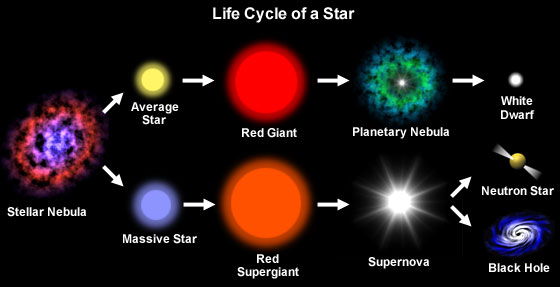

You prolly know this, but incase some don’t, when loo,ing at the sky and stars, the reddish and oranges stars are apparently new stars, while the blue are older ones- has to do with the heat I guess, new stars generating heat while o,der stars have lost the heat as they stadr to die out. I’m not real up,on the issue, but heard that back awhile.
I didn’t know that.
Our Sun, when it runs out of core hydrogen to fuse, it will become a Red Giant, expand suddenly and engulf EVERYTHING within the Orbit of Mars, maybe even Mars itself.
Betelgeuse, Orion’s shoulder, is one such star.
From Google AI:
A red giant is a luminous, late-stage star of low or intermediate mass that has exhausted its core hydrogen fuel and expanded significantly, becoming larger and cooler than it was on the main sequence.
Here’s a more detailed explanation:
Stellar Evolution:
Red giants are a phase in the life cycle of stars with masses between roughly 0.4 and 12 times the
mass of our Sun (or 8 times for low-metallicity stars).
Core Exhaustion:
When a star runs out of hydrogen fuel in its core, it begins to fuse hydrogen in a shell
surrounding the core.
Expansion:
This shell burning causes the star to expand dramatically, becoming a red giant, which can be 100
to 1,000 times wider than our Sun.
Cooler Surface:
While the core becomes hotter, the outer layers cool and become redder, hence the name “red giant”.
Future of the Sun:
In about 6 billion years, our Sun will also become a red giant, expanding and potentially engulfing
the inner planets, including Earth.
Red Giant Branch:
The evolutionary path a star takes after becoming a red giant is called the red-giant branch.
Red Supergiants:
More massive stars (10 to 40 times the mass of the Sun) can become even larger, cooler, and
brighter red supergiants.

